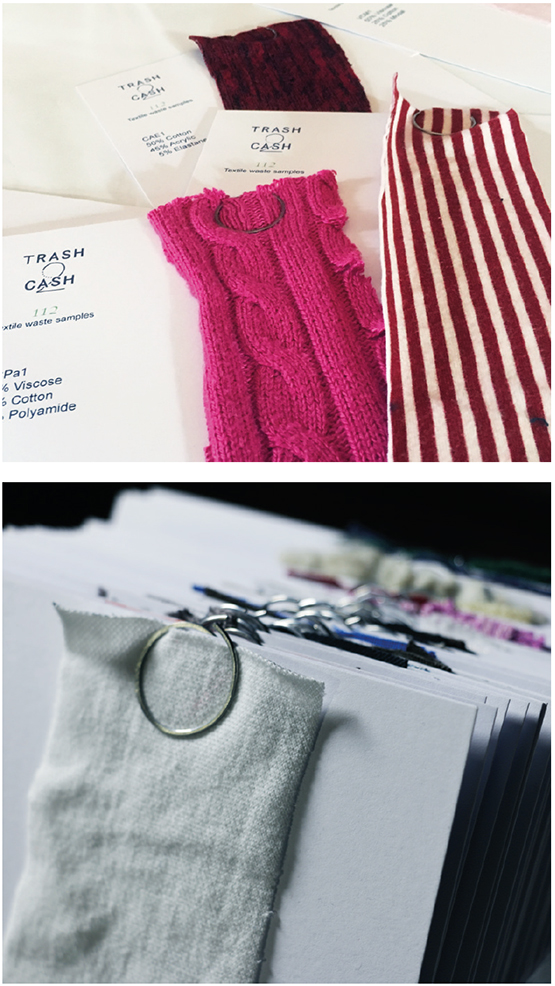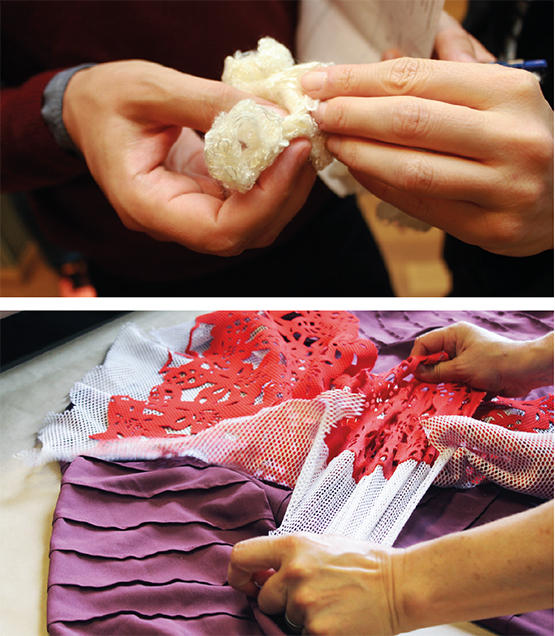 Every year the European Union’s 28 member States discard over three million tonnes of textile fibres. A serious instance of waste that damages both the environment and the pockets of consumers.
Every year the European Union’s 28 member States discard over three million tonnes of textile fibres. A serious instance of waste that damages both the environment and the pockets of consumers.
To reverse this trend, the EU has launched the “Trash-2-Cash” project. The EU has allocated almost €8 million – out of a total budget that is just short of €9 million – and involved eighteen partners from ten different countries: Denmark, Finland, Germany, Italy, the Netherlands, the United Kingdom, Slovenia, Spain, Sweden and Turkey; including professional partners such as researchers, eco-designers, and representatives of companies supplying raw materials and manufactured textile goods.
The project aims to steer the textile industry towards the sustainability model provided by the circular economy, through solutions offered by eco-design and development of recycling methods for textiles, so as to enable the creation of new fibres with a high environmental and economic performance. “Clothes that we dispose of and raw materials that are lost in production processes are precious resources that we cannot afford to waste,” highlights Emma Östmark from RISE, the Research Institutes of Sweden. “Trash-2-Cash gives us the opportunity to put a stop to such waste.”
The research focuses on two types of fibre: polyester (both 100% pure or mixed with cotton) and cellulose (contained in cotton, in polylaminates or manufactured). The study focuses on the properties of materials and the establishment of environmentally-efficient processes of regeneration for cotton, as well as recycling techniques for polyester fibres. Furthermore, new sustainable textile materials are being created for haute couture, interior design and the car industry, so that they can be tested in a context of real production processes.
At the core of the team effort is the production of new regenerated fibres from waste. However, no less important is the initiative to improve R&D methods, by exploiting the innovative potential of eco-design; namely “Design-Driven Materials Innovation.” A sort of design legacy so that other eco-designers may follow in the footsteps of Trash-2-Cash, bringing together scientific research and industry into a productive dialogue.

If collaboration is the buzzword dictating relations amongst partners, “consumer needs” are a beacon guiding them towards their final goal: developing recycling techniques that produce new textile fibres which can meet the needs of consumers. “The new fabrics created within Trash-2-Cash – explains Rebecca Earley from the University of the Arts in London – will be obtained from waste and designed to be used extensively and appropriately before being recycled.”

In November 2018, after a 42-month voyage, Trash-2-Cash will reach its destination. Only then will we be able to evaluate the effectiveness of this pioneering adventure, that aims to give a sustainable future to many textile protagonists in our everyday lives. Of particular interest will be how Trash-2-Cash influences the clothing industry, where compulsive and rampant purchases fuelled by the buying habits of consumers in Western and emerging countries, are having an ever greater impact on our future.
Trash-2-Cash, www.trash2cashproject.eu
RISE – Research Institutes of Sweden, www.ri.se/en


